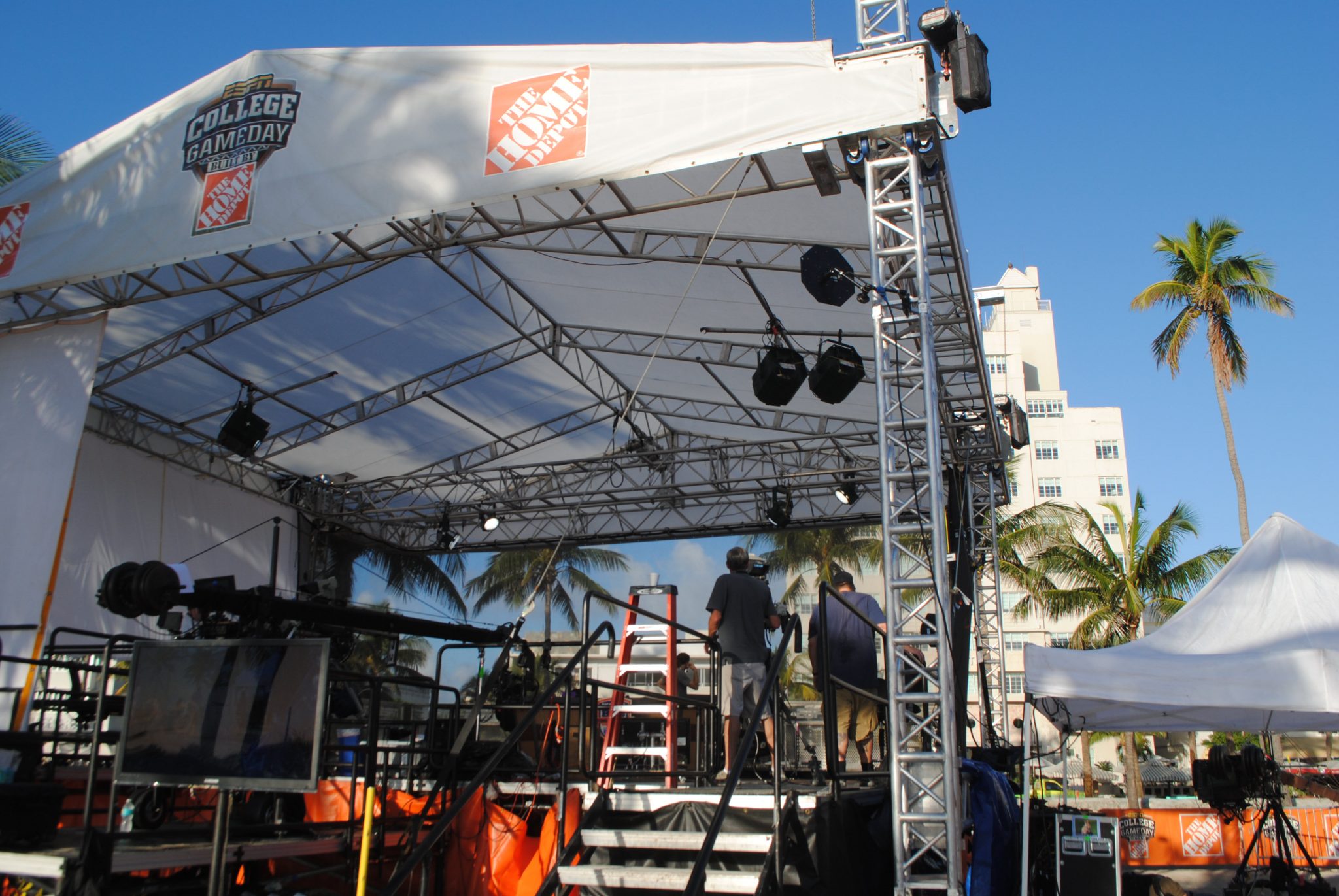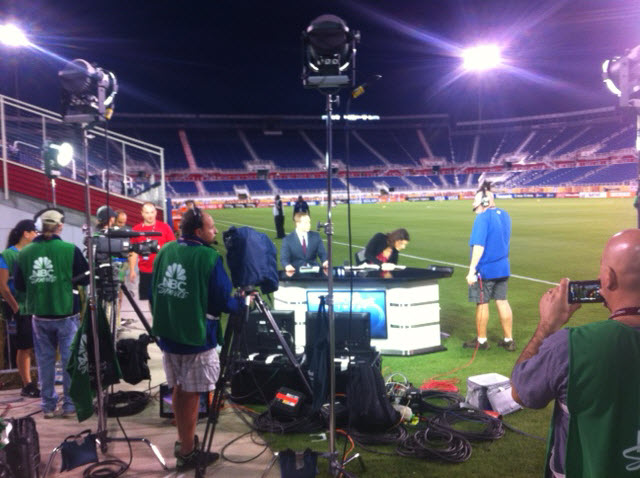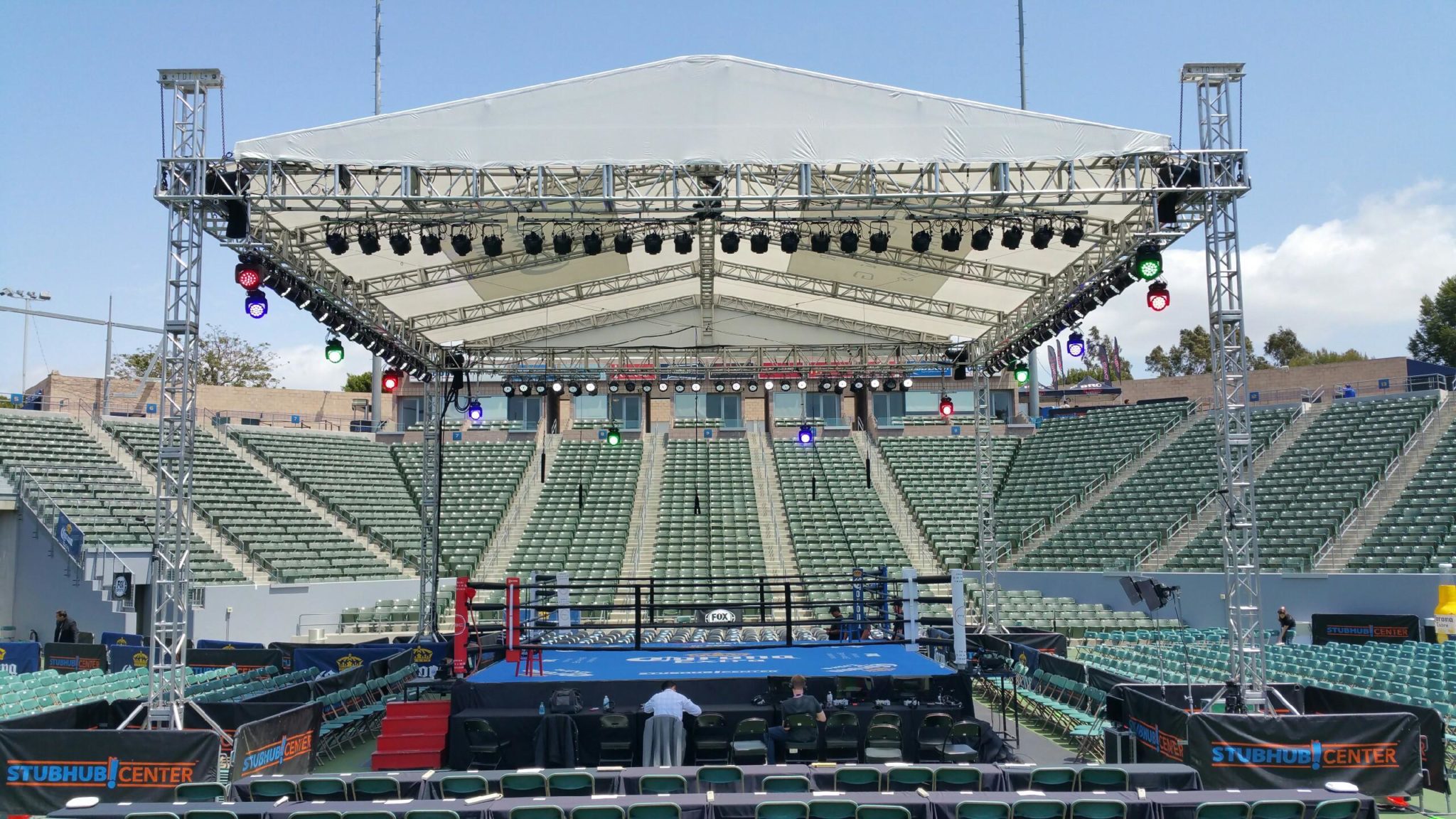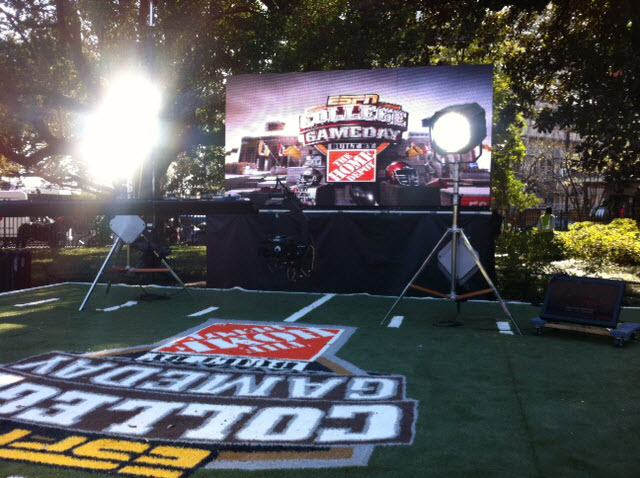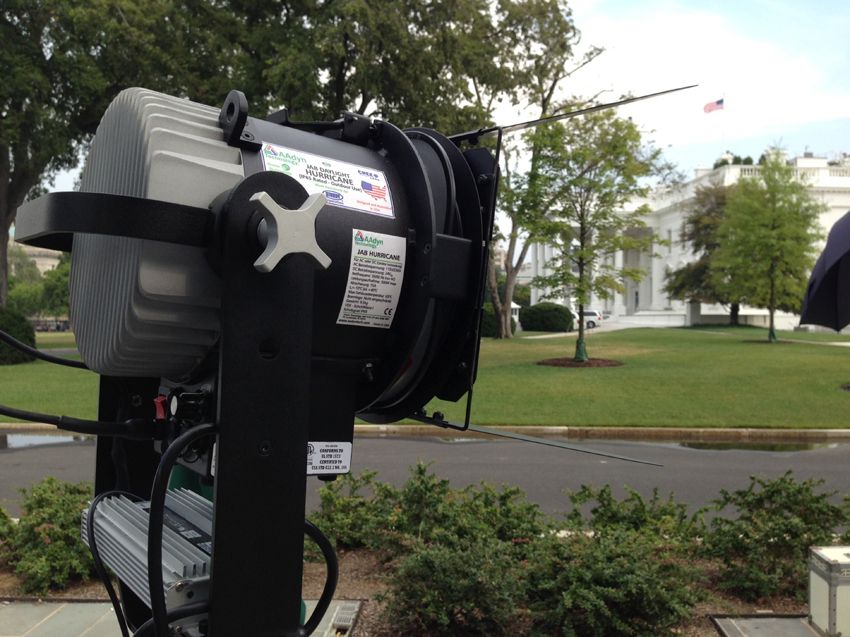We’ve all experienced watching a TV broadcast where the colors didn’t seem right. Maybe the hues were off, the images looked washed out, or shadows dominated the screen, leaving viewers questioning if it was time to replace their television. More often than not, the issue isn’t the TV itself but the lighting setup used during the broadcast. The problem can originate from various factors, such as the studio’s lighting arrangement, the camera technology, or even the lighting conditions in our homes. In some cases, curved screens can also distort the light in brightly lit environments, adding to the visual confusion.
How Lighting Affects TV Broadcast Quality
The quality of a television broadcast depends on several key factors, and lighting plays a critical role in reproducing images and colors on the screen. When lighting is not managed properly, it leads to color distortions that can make the viewing experience less enjoyable and visually off-putting. Let’s explore some of the core reasons why lighting plays such a significant role in broadcast quality.
1. Studio Lighting: The Core of the Issue
When the lighting problem originates in the studio, viewers can do little to fix it. In these cases, the issue stems from how lighting is set up to interact with the cameras used to capture the images. Broadcast studios rely on a highly controlled lighting environment to create the best possible picture quality. If the lighting is poorly positioned, unfocused, or the wrong type is used, it will directly affect how colors appear to audiences at home.
One common issue is the type of illumination being used in the studio. Different lights emit varying qualities of light, which can cause the camera to capture colors inaccurately. For instance, specific lighting setups may not highlight details or tones accurately, leading to unnatural skin tones, incorrect hues, or even dullness in the overall picture. This problem can be exacerbated if the filters applied to the studio lights are not suited for the job.
Lighting professionals need to be precise about where they place lights, what type of illumination they choose, and how they focus them to ensure the cameras capture the images as realistically as possible. Inadequate lighting or mismanagement of the lighting setup can lead to visual inconsistencies that ultimately affect the viewing experience.
2. Brightness and Color Accuracy
Another important aspect of lighting that affects TV broadcasts is brightness. The amount of light emitted in a studio setting can drastically alter the appearance of colors on screen. Too much illumination, for example, will create a washed-out effect, making images appear dull and devoid of rich contrast. This is why broadcasts shot under excessively bright lighting often look flat or lack the depth and vibrancy viewers expect.
On the other hand, too little light can result in unwanted shadows that obscure details and make it difficult for cameras to capture true-to-life colors. Insufficient lighting can also cause colors to appear darker or more muted than they should be. Striking the right balance in brightness is essential for producing a high-quality broadcast that accurately reflects the subject matter’s color and form.
3. The Role of Cameras in Color Reproduction
While lighting plays a foundational role in determining the quality of a broadcast, cameras also significantly impact how colors appear. Not all cameras detect and process color wavelengths in the same way, an important factor that professional lighting experts consider when designing the lighting scheme for a broadcast.
Cameras are designed to detect and capture color using a model based on primary colors, but they can only do so within their sensors and technology limitations. Suppose a camera needs help to detect a specific shade or hue. In that case, it may estimate the color based on primary colors or shades of gray, which can result in an inaccurate representation of what is being filmed.
Professional lighting experts work closely with camera operators to ensure the cameras can adequately capture the color spectrum within the lit space. This involves careful consideration of both the lighting equipment and the cameras’ technical capabilities.
4. Curved Screens and Ambient Lighting
In addition to studio lighting and camera technology, the environment in which viewers watch TV can also influence how colors appear on the screen. Curved screens, for instance, can distort light in brightly lit environments, leading to an uneven or skewed picture quality. This is because curved screens are designed to offer an immersive viewing experience by wrapping the image around the viewer’s field of vision. However, when placed in a room with significant ambient lighting, reflections can bounce off the screen in unusual ways, distorting the colors and contrast on display.
To mitigate this issue, viewers should be mindful of the lighting in their home environment. Dimming ambient light sources or rearranging the placement of lamps and other lighting fixtures can create a more consistent viewing experience on curved or flat screens.
Achieving Accurate Color Reproduction: The Role of Lighting Directors
Ultimately, ensuring accurate color reproduction on a TV broadcast comes down to the expertise of the lighting director. Lighting professionals are responsible for orchestrating the placement, type, and intensity of lights within a studio to achieve the desired visual outcome. A skilled lighting director must understand how different types of illumination interact with camera technology, the set, and the subject being filmed.
They must also be well-versed in the cameras’ technical capabilities. For instance, some cameras may have a broader or narrower range of color sensitivity, which requires the lighting setup to be adjusted accordingly. The lighting director’s goal is to create a balanced environment where the colors captured by the camera reflect the true-to-life appearance of the scene.
In addition to technical knowledge, lighting directors must consider the artistic elements of the broadcast. For example, lighting can set a mood or convey a particular emotion, and this must be balanced with the need to reproduce colors accurately. The director’s expertise is essential in finding this equilibrium and ensuring that both the technical and creative aspects of lighting work in harmony.
In summary, while viewers may sometimes blame their TV sets for poor color quality during broadcasts, the real issue often lies in the studio’s lighting setup, camera technology, or home lighting conditions. Lighting in television production is far more critical than most people realize, influencing how images are captured, how colors are reproduced, and, ultimately, how viewers experience the broadcast. By paying attention to proper lighting techniques and understanding the interaction between light and camera technology, professionals can ensure that the final product is visually stunning and accurate to life.
Frank Gatto & Associates, Inc. are specialists in lighting for television events of all kinds. If you have an event that needs expert lighting, please call us today to see how we can help.
Phone: 561-368-0101
Email: frank@frankgattolighting.com
We can be found on Social Media at the following links.






